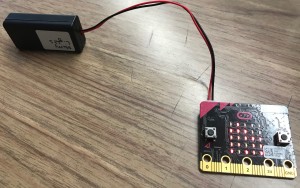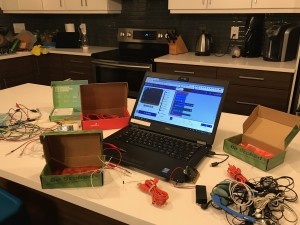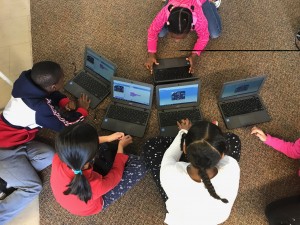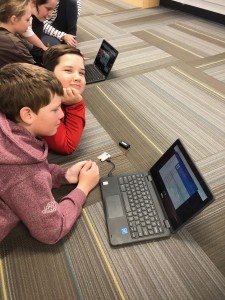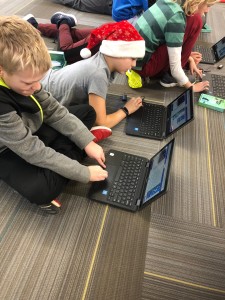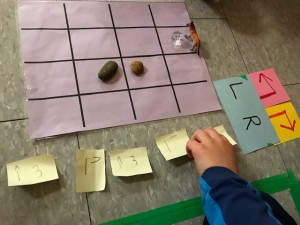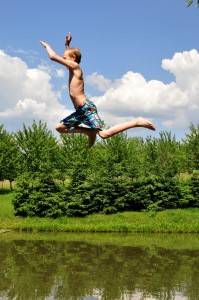As part of a board focus group I am involved with, I am exploring along with a group of six other teachers, the inquiry model in the classroom. Each group that has gathered together to focus on inquiry looks at how it works in their classroom in a different way. My group has selected questioning. We are looking at how and if students select better questions, they will become more successful.
I just recently came back from Disney this Christmas break and I was overwhelmed with the many posts on instagram telling me what cool food I could find at literally every inch of the parks. There were so many options and I had to try them all and take pictures of them all. This has been an interest of mine for some time now, finding a really cool looking item of food and taking a picture with it. I came home from the trip feeling inspired and thinking, I can explore this phenomenon with my class of motivated grade eight students.
At first I posed it to them as a question, what are the most trending items right now on instagram. They came up with a huge list and then I made them create the questions. They came up with a few deep questions: Why do things trend? What makes an item trend-worthy? How can we explore a trending item in our classroom? What item could we produce as a class? It took us a while to get there but we figured out that it would be cool to market a food item as a class and then create it and sell it.
Since we were just finishing up our data management unit, we talked about how can we gather results from our student body about what item would be a hit in our school? First, we asked our office staff for advice about this exciting project. We were given the okay to market and sell an item as long as proper food handling techniques were followed. We then talked about what are the top six trending food items right now? We came up with six as a class: donuts, cookies, cupcakes, bubble tea, smoothies and the Harry Potter beverage. My students paired up, created a google survey and added all these options to the survey. They emailed every teacher in the school setting up meeting times to survey their class.
Before we analyzed our results, on our inquiry wall we came up with ways our project hits every subject we study. We talked about the literacy connections to marketing, advertisements, etc. We talked about art connections when designing logos, posters, maybe even creating a wall that would be a backdrop for a cool photo with our finished product. We talked about math connections when coming up with the cost of the item, the cost of ingredients, the profit calculations, etc. We made large lists for each subject so we can see how wide this one small question covers.
We have now gathered all our results and the top choice for our school was smoothies. We have now created a list of what to do next. It is on our inquiry wall along and our team leaders will check off our ideas as we complete them.
I would love to say we work on this six periods a day, which we very well could since it covers many expectations in each subject, however, grade eight is such a huge year that there is always so many other things that we have to be working on. Currently, we work on this project one period a day. We have 25 entries for logo ideas, 10 entries for company name and probably over 100 smoothie ideas. We will be narrowing down our choices on Monday.
I will keep you all posted on our progress! It is turning out to be a great project and the engagement level is incredibly high. We all sit around the back inquiry board and the hands that go up for ideas during this project are not up for any other time of day. My students are excited about the possibilities that this project presents. It is fun turning over everything to the kids and seeing how it all ends up!

